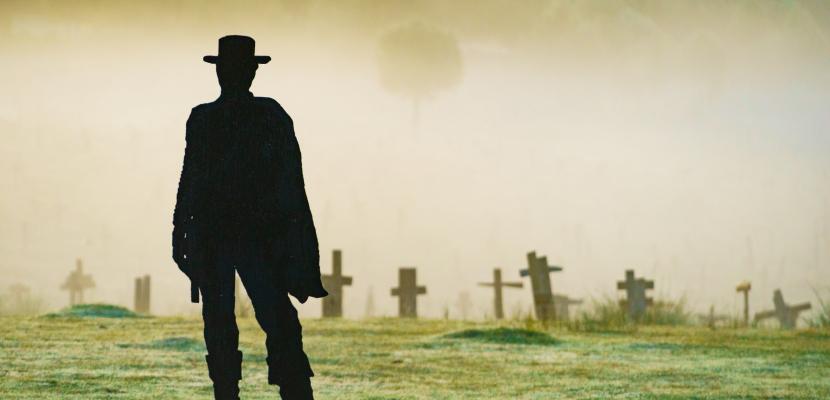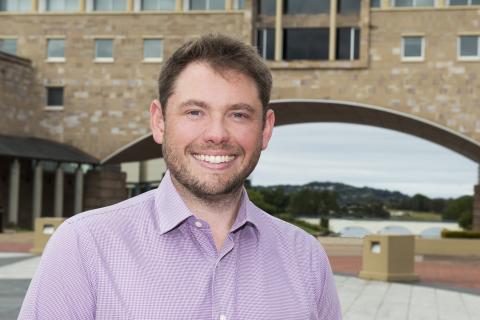
What does the classic, gritty Sergio Leone spaghetti western The Good, The Bad and The Ugly have to do with generative artificial intelligence like ChatGPT?
The analogy is obvious says Dr James Birt, Bond University’s Associate Dean of External Engagement for the Faculty of Society Design and an Associate Professor of Creative Media Studies.
Dr Birt will discuss the good, the bad and the ugly of Chat GPT and its place in tertiary education at Bond University Open Day this weekend.
LISTEN TO DR JAMES BIRT ON THE GOOD, THE BAD, AND THE UGLY OF CHAT GPT HERE.
“Clint Eastwood’s character, Blondie, ‘The Good’, embodies the positive aspects of AI,” Dr Birt says.
“Just as he is a skilled and resourceful, Chat GPT is similarly designed to be helpful by generating content that assist with writing, answering questions, and providing valuable information to users.”
On the other hand, Tuco, ‘The Ugly’, played by Eli Wallach, symbolises the limitations of AI, Dr Birt says.

“Although large language models have made great strides in understanding context and generating coherent text, they are still far from achieving true human like understanding and may produce errors and nonsensical responses.”
And then there’s Angel Eyes, ‘The Bad’, played by Lee Van Cleef.
“The potential risks of AI are similar to Angel Eyes’ cunning and ruthless nature,” Dr Birt says.
“AI can be misused for spreading misinformation, generating fake news or even creating harmful content like deep fakes that replace or superimpose a person's likeness onto someone else's body or voice.”
Ultimately, Birt says, ‘The Good, the Bad and The Ugly’ film plot and generative AI both serve as powerful reminders that technology, like any tool, could be a force for good or bad, depending on how it is utilised.
“Responsible use is paramount,” Dr Birt says.
“We need proper guidelines and regulations to prevent misuse and safeguard user data, which is why we are seeing strikes and walkouts in Hollywood and concerns about job roles across the whole creative and white collar sector.”
So where does higher education and Bond University fit into all of this?
As an educator at Bond University, I believe it is our responsibility to equip students with the knowledge and skills to navigate.
“As an institution, we strongly believe that we must teach our learners to harness the power of AI for societal benefit while instilling a strong ethical foundation to use it responsibly.”
Dr Birt isn't the only Bond University academic speaking at Bond University Open Day.
You can hear from Bond's Dean of Law, Nick James, on climate law's place at the forefront of environmental policy change here.
Listen to Associate Professor Cher McGilivray on the importance of resilience and goal-setting as you embark on your tertiary journey here.